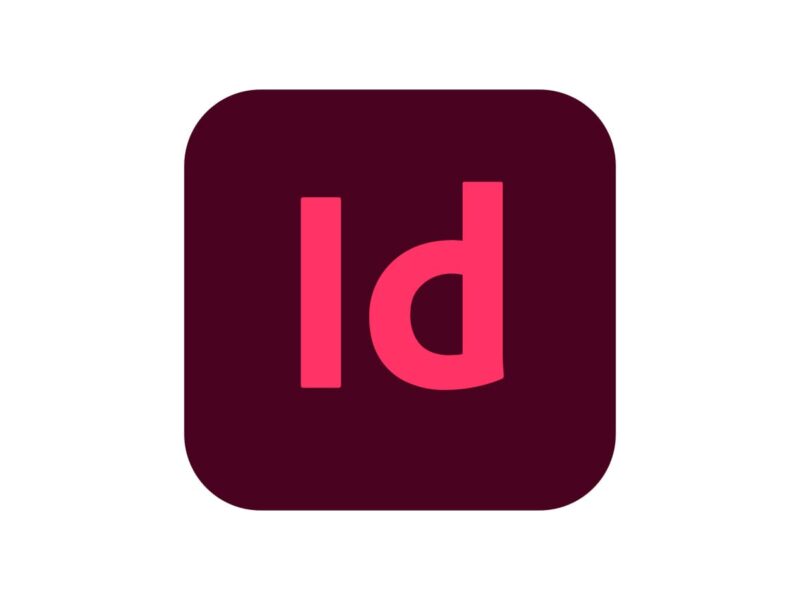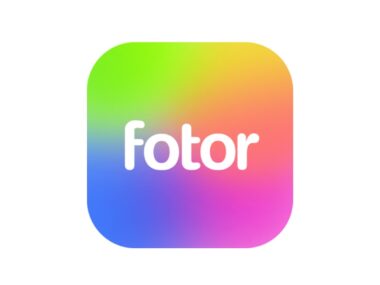Table of Contents
Key Features of Adobe InDesign Design Software
Adobe InDesign, a prominent design software product, offers extensive capabilities for creating both digital and print documents, including flyers, stationary, posters, and other media with intricate graphics and images. It’s available as a standalone product or within the Adobe Creative Suite collection.
Key Features and Applications:
- Detailed Design Control: Users can manage minute design details, crucial for creating brochures and other marketing materials, with tools for duplication, numbering, and master pages.
- Digital Publishing and Hyperlinking: InDesign is adept at creating professional digital handouts with targeted hyperlinks, offering precise control over object placement and the ability to publish documents to Adobe Cloud.
- Layout and Content Organization: It excels in organizing content for print and digital formats, such as eBooks and magazines, offering balanced layout creation and precise image manipulation.
- Complex Document Creation: Ideal for intricate documents like manuals or books, it supports features like mail merge, layering, and shared libraries.
- Visual Content Organization: InDesign is suited for organizing and preparing visual content with balance and structure, though it may be overly complex for simple sketches.
- Branding Projects: It’s frequently used for creative branding projects, offering an easy interface and seamless integration with other Adobe products.
- Print and Digital Publications: The software is effective for creating projects like eBooks and digital magazines, with features for adding audio, video, slideshows, and animations.
- Print Design Compatibility: InDesign integrates well with the Adobe Creative Suite, especially useful in print design, and is essential for layouts extending beyond single pages.
However, it’s noted that InDesign may have a steep learning curve for beginners, and some users have experienced issues with crashes and compatibility with different versions of the software. Despite these challenges, its widespread use and robust feature set make it a standard tool in the design industry.
Performance
Adobe InDesign’s performance is well-regarded across various industries for its detailed design capabilities and integration with other Adobe products. It is widely used for creating brochures, booklets, programs, and catalogs, with users appreciating its control over minute design details and time-saving tools such as duplication and numbering.
In marketing departments, InDesign is instrumental for creating professional digital handouts and flyers with hyperlinks and application images. Its digital publishing feature and the ability to control ultra-precise object placement and transformation are notable strengths.
Daily users of InDesign find it perfect for designing and publishing layouts, particularly for organizing content in both print and digital formats. However, it’s noted that the software can be expensive and might have a steep learning curve for beginners.
InDesign’s complexity and industry standardization make it a go-to tool for creating direct mail pieces, including forms and envelopes, utilizing features like mail merge, layering, and shared libraries. However, occasional crashes and issues with incompatible versions have been reported.
For visual organization of information and content, InDesign is lauded for its ability to create balanced layouts and streamline content production. Yet, some find it a bit too complex for simple ideation or initial sketches.
In creative branding projects, InDesign’s user-friendly interface and constant updates are valued. It seamlessly meshes with other Adobe products, enhancing workflow efficiency. However, there are occasional font issues, and users wish for integrated image editing capabilities.
Lastly, InDesign’s role in academic settings, particularly for marketing, is significant. It’s used for creating a wide range of projects like eBooks and digital magazines, offering collaboration tools and features like audio, video, and animations. New users might find it challenging to grasp layout concepts initially.
Overall, Adobe InDesign is a powerful tool for various design needs, offering precision and versatility, though it comes with a learning curve and occasional technical challenges.
Pros
- Detailed Design Control: Offers the ability to design down to minute details, vital for brochures, booklets, and catalogues.
- Integration with Adobe Products: Ensures cross-platform use with other Adobe products, enhancing workflow efficiency.
- Advanced Hyperlinking Features: Enables hyperlinking text and images when exporting to PDFs.
- Digital Publishing: Facilitates digital publishing of documents to the Adobe cloud.
- Balanced Layout Creation: Known for creating perfectly balanced layouts and precise image placement and manipulation.
- Collaboration Tools: Provides tools to streamline content creation while collaborating with a team.
- Layering and Master Pages: Offers advanced layering and master pages for intricate document designs.
- Cloud Libraries: Features cloud libraries for easy sharing and access among multiple users.
- Visual Content Organization: Efficiently organizes and creates visually appealing content.
- User-Friendly Interface: Known for its easy interface for design work.
Cons
- Occasional Bugs and Glitches: Some users have encountered bugs and broken image links.
- Learning Curve for Beginners: The complexity and range of features may be overwhelming for new users.
- Software Cost: The software is considered expensive, which might be a limitation for some users.
- Software Crashes: There have been instances of the software crashing, possibly due to its large size.
- Incompatibility Issues: Challenges with opening files from different versions have been reported.
- Limited Image Editing Capabilities: Users have expressed a desire for integrated image editing within the program.
In summary, Adobe InDesign is highly regarded for its detailed design capabilities, integration with Adobe suite, and advanced features like digital publishing and layering. However, its complexity, cost, occasional technical issues, and steep learning curve can be challenging for some users.
Conclusion
Adobe InDesign 2024 stands out as a sophisticated tool in the realm of desktop publishing software, reflecting significant strides in usability and innovation. Its integration with other Adobe applications streamlines workflows and promotes seamless collaboration, crucial in today’s interconnected creative environments. The intuitive interface of InDesign 2024, coupled with customizable layout options, provides a personalized user experience, enhancing efficiency and productivity. This adaptability in workspace setup is a testament to its user-centric design approach, facilitating a more focused and creative working style.
In terms of functionality, the tools and panels in InDesign 2024 are pivotal in streamlining the design process. They provide a diverse range of options, from precision object manipulation to comprehensive control over design elements like stroke, fill colors, and paragraph formatting. These features, along with the ability to customize workspace according to project needs, highlight InDesign’s commitment to optimizing user experience in professional design settings.
Efficient workflow techniques are integral to InDesign 2024, with keyboard shortcuts and custom templates being time-saving tools. These features enable users to rapidly navigate tasks and maintain consistency across projects, ultimately enhancing the quality of work. In the advanced design sector, InDesign excels with features like grids, columns, and master pages, which allow for intricate designs and consistent multi-page documents. The integration of interactive elements like hyperlinks and buttons further enriches the digital publication experience.
Troubleshooting in InDesign involves navigating common issues like font management and file corruption. Utilizing Adobe Fonts for seamless font management and regular backups can mitigate these issues, ensuring smoother operation. Looking ahead, InDesign is poised to evolve with advancements in AI, VR, and cloud-based collaboration tools, indicating a promising future. For designers, staying abreast of these updates and maintaining a mindset of continuous learning and adaptation will be key to leveraging InDesign’s full potential in an ever-evolving design landscape.
FAQs
-
What is Adobe InDesign and what are its primary uses?
Adobe InDesign is a leading desktop publishing software used for creating professional layouts for both digital and print media, including brochures, magazines, eBooks, and interactive PDFs.
-
Can Adobe InDesign be used for web design?
While primarily focused on print and digital publishing, InDesign can be used for web design elements like wireframes or mockups, but it does not directly produce web-ready code.
-
How does Adobe InDesign integrate with other Adobe Creative Suite products?
InDesign integrates seamlessly with other Adobe products, such as Photoshop and Illustrator, allowing for smooth cross-platform workflows and easy import/export of assets.
-
Is Adobe InDesign suitable for beginners?
InDesign is a professional-level tool with a steep learning curve, but it offers comprehensive tutorials and resources, making it accessible for beginners willing to invest time in learning.
-
What are the system requirements for running Adobe InDesign?
Adobe InDesign requires a compatible operating system (Windows or macOS), a certain amount of RAM and hard disk space, and an Internet connection for installation and updates. Specific requirements vary by version.





